
White Butterfly :Complete Guide 2024
There are many different species of white butterfly. In fact, there are over 20,000 species of butterfly in the world. Butterflies can be found in every continent except Antarctica and live for a long time. The white butterfly is one such example; it can be found in various parts of the world and has a lifespan that ranges from three to six weeks. While most people associate butterflies with purity and innocence, this image seems to apply especially well to the white butterfly.
As a complete guide to white butterfly, I am writing this article as an introduction to the topic. This is also an opportunity for you to learn more about this amazing creature. So let’s jump right in!
Where Does Their Name Come From?
White butterflies belong to the Pieris genus and have a wide range of names. They are also called cabbage butterflies, Cabbage Whites, or Cabbage Moths. The name “white butterfly” comes from the color of their wings.
The name “cabbage butterfly” comes from the fact that many species in the genus are found on members of the cabbage family. The name “cabbage moth” is also used for some members of this group, but more often refers to other species that eat cruciferous plants like broccoli and cauliflower.
The name “cabbage white” is also used for other species, like Pieris rapae and Pieris oleracea, which do not belong to the Pieridae family. Cabbage whites are found all over the world except in the polar regions.
White Butterfly Scientific Name
The scientific name for the white cabbage butterfly is Pieris rapae. The origin of this name is Latin and translates to “white” and “cabbage.” This may sound strange at first, but if you think about it logically, there’s a reason why these butterflies are named what they are! They feed on crucifers like cabbage and mustard plants—and they can be found all over Europe and North America as well as many other parts of the world! But even though their scientific name sounds pretty bland compared to other species (like monarchs), there’s still something interesting about it that makes us want to know more about these creatures: They look almost exactly like our dear friend Winnie-the-Pooh’s favorite snack food: honey grams!
Types Of White Butterflies
There are many different types of white butterflies, but they all have one thing in common: they’re beautiful! Here are some of the most common types of white butterflies.
White Fritillary
This butterfly has a wingspan of about 3 to 4 inches and is found in the United States and Canada. It’s known for its orange band along its outer edge, which contrasts with its white body. The species feeds on nectar from flowers and sometimes eats other insects.
Cabbage Butterfly
The Cabbage Butterfly has a wingspan of 2 inches, so it’s smaller than other white butterflies. It’s also a little bit chubbier than other butterflies due to its rounded shape. This species is native to North America and feeds on plants like clover and dandelions.
Painted Lady Butterfly
This butterfly has an average wingspan of 4 inches and can be found in both Europe and North America; it migrates between these two places every year during its mating season between June and October during which time it mates with other painted lady butterflies before returning to its original habitat.
16 Most Beautiful White Butterflies In The World
White butterflies are among the most beautiful creatures we have ever seen. They are so stunning that people love them for their beauty and enjoy seeing them fly around in the wild.
1.Gary Marble Butterfly

The Gary Marble Butterfly, also known as the Giant Marble Butterfly, is a large butterfly with a wingspan of up to 4 inches. They are found in the northern part of the United States and Canada. Some people call this white butterfly “the ragged mourning cloak” because its wing shape resembles that of a mourning cloak butterfly.
They live on meadows and open spaces where there are plenty of wildflowers for food and habitat for them to lay eggs on grasses or weeds near these flowers. The larvae overwinter in cocoons formed from leaves from which they emerged during springtime; when summer arrives, they emerge as adults and mate before laying their eggs again at sites with lots of open space (and lots more flowers).
The larvae of marble butterflies feed on grasses and other plants, while the adults eat nectar from flowers. The butterflies live for only a few weeks, but during that time they lay eggs in grasses or weeds near where they were born.
2.Arctic White Butterfly
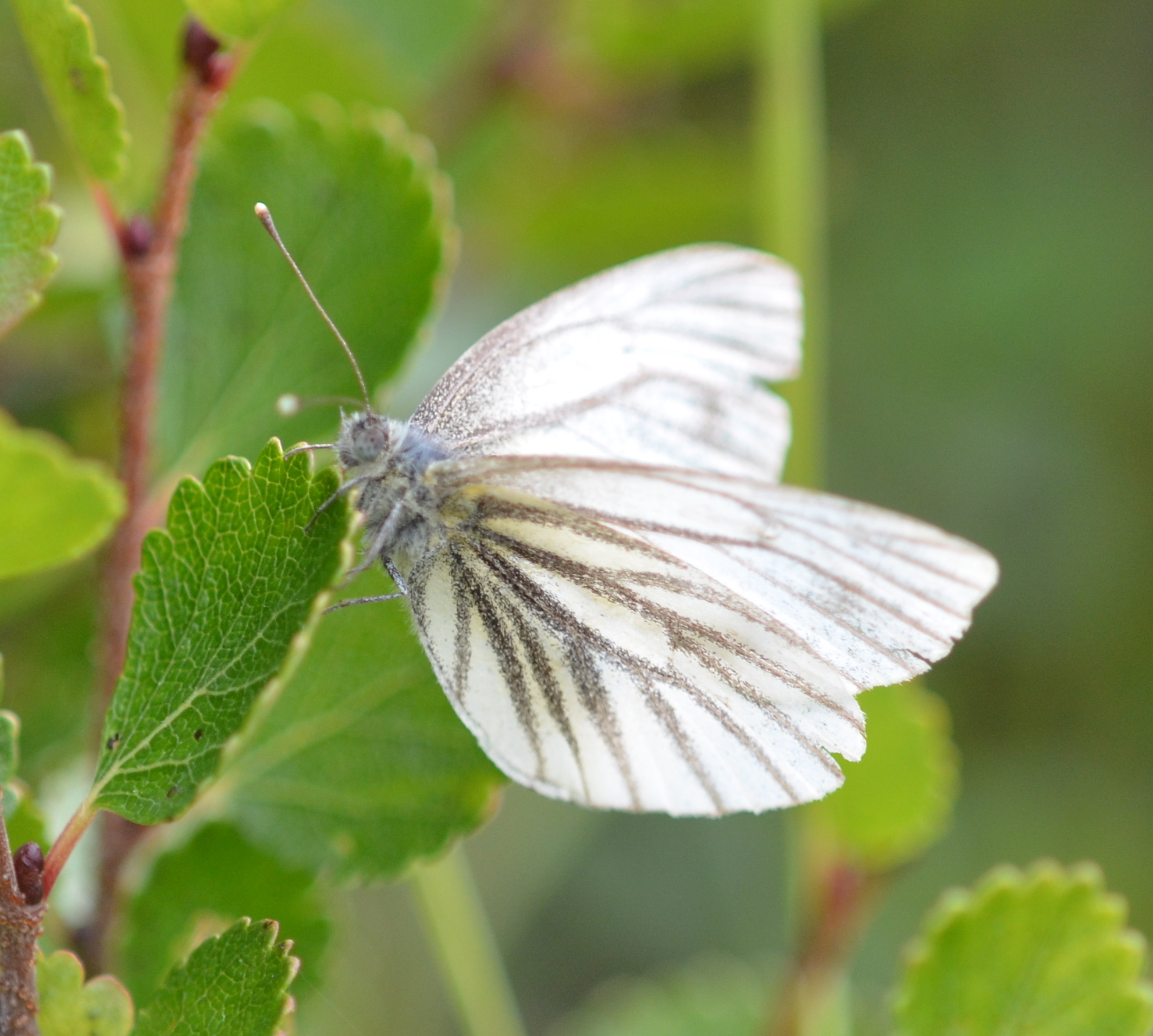
The arctic white butterfly (Pieris napi) is a small white butterfly found in the northern hemisphere. It is a common butterfly in North America, Europe and Asia. This migratory butterfly makes its home in Europe during summer months and winters in North America or Russia.
The arctic white butterfly has several subspecies across its range, but it is still quite easy to tell apart from other species of Pieris butterflies. The wings are typically white with black spots on them, although some have completely black wings instead of black spots on them (these individuals are known as “melanic”).
The underside of the wings are also white, with some small black spots. The arctic white butterfly is smaller than other Pieris butterflies and has a wingspan of about 1.5 inches (38 mm).
3.Small White Butterfly(Pieris rapae)

This butterfly is a small insect with a wingspan of about 2.5 cm. It is found in Europe, Asia and North America. The Small White Butterfly has a white body with black spots and red eyes on the top side of its wings. The underside of its wings are yellowish-white or cream coloured. As an adult, it feeds on nectar from flowers such as dandelions and thistles that are found in fields or meadows where they lay their eggs on plants like cabbages, broccoli and related plants during spring time when they emerge from hibernation in March through May depending upon where you live!
It has a black head and brown eyes, as well as some hairs on its body that make it look hairy. They eat the leaves of their host plants, which are usually cabbage and related plants such as broccoli or cauliflower. They can also be found eating other plants like clover, dandelions and thistles. The Small White Butterfly is one of the most common butterflies in the world!
4.large White Butterfly
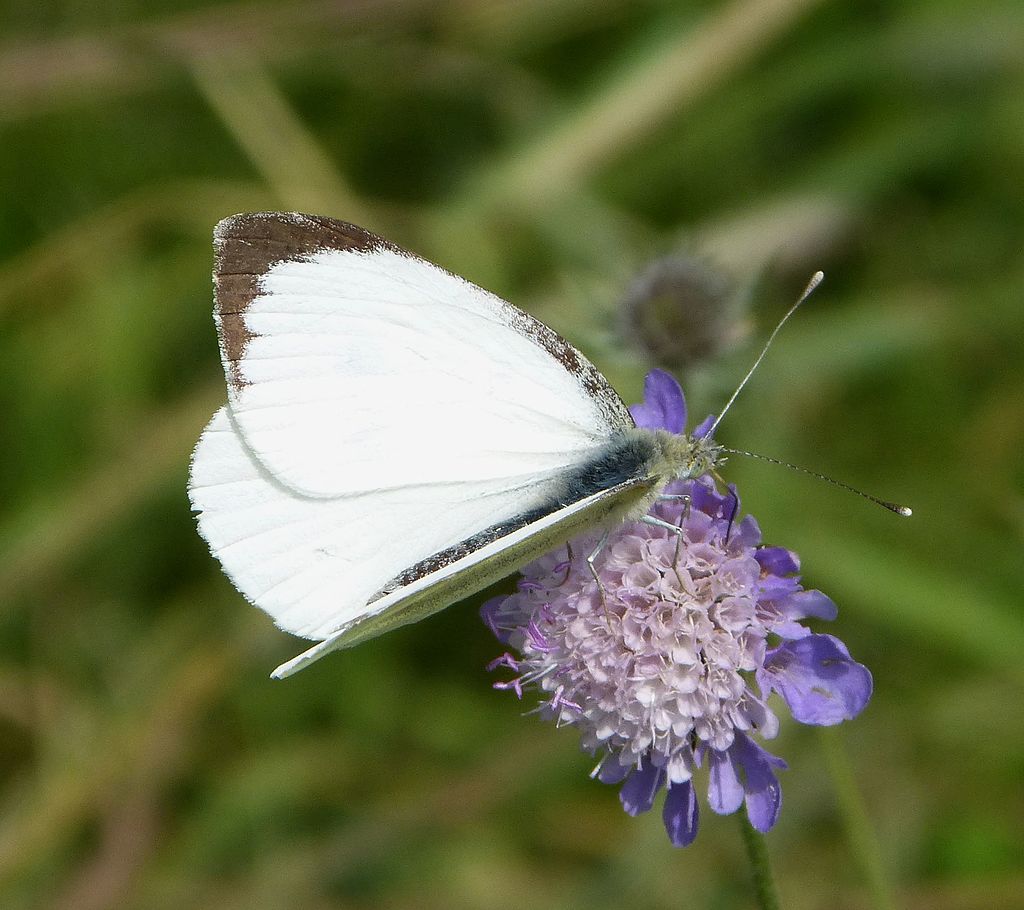
The large white butterfly is a common butterfly in Europe and also known as the cabbage butterfly. It is a member of the Pieridae family, which includes hundreds of other species such as the peacock and small white butterflies. The large white butterfly gets its name from its large wingspan and beautiful coloration; it’s one of the largest British butterflies to be found at roughly 2 inches across.
The large white is mostly found in southern England, Wales, Scotland and Ireland but can migrate northward during warmer months when food becomes scarce.
They feed on brassica plants (such as broccoli), so you may have seen these amazing creatures while eating your favorite green vegetable!
5.Olympia Marble Butterfly
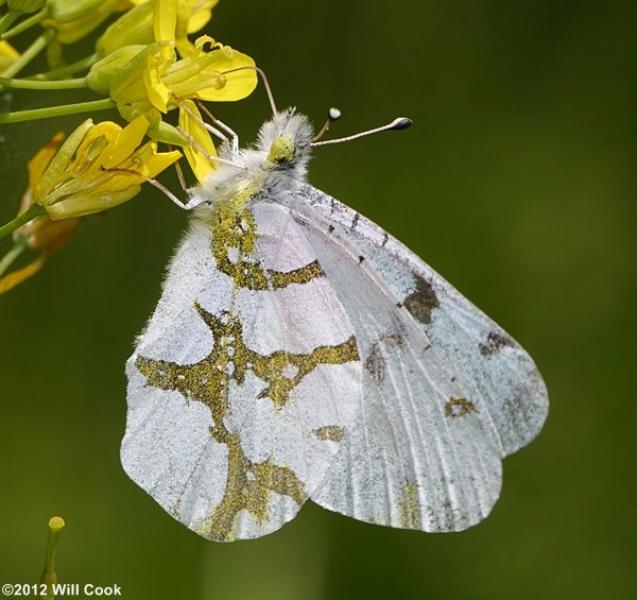
A member of the Pieridae family, the Olympia Marble Butterfly is a large white butterfly with black spots. This migratory butterfly is found in North America and South America. It has a wingspan of 4” to 5”, making it one of the largest white butterflies in existence. The underside of its wings are covered with tiny black dots that create an opalescent effect when viewed at certain angles. Its caterpillar feeds on plants such as milkweed and passionvine; however, when it’s time for it to pupate into an adult, it will spin its cocoon from silk fibers from nearby plants rather than using its own body parts like other species do.
6.Falcate Orangetip

The Falcate Orangetip butterfly has an orange band on the hind wing, and is part of the family Pieridae. It can be found in North America, Mexico, and parts of Central America. This butterfly has an orange tip at both ends: one for each wing! It’s one of the largest butterflies in North America. The wingspan of this beautiful creature is about 4 inches (10 cm).
The falcate orangetip has six subspecies, which vary in coloration. In general, however, they have orange wings with black markings and a white body with black spots.
7.West Virginia White Butterfly

The West Virginia White Butterfly is a common species of butterfly found in North America, with a wingspan of about 1.5 inches. It’s one of many members of the family Pieridae and is found in meadows and open areas throughout its range from southern Canada to Mexico.
The West Virginia White belongs to the genus Pieris, which also contains over 100 other species—most notably the well-known Cabbage White (Pieris rapae), familiar to gardeners around the world as an invasive pest that preys on vegetable crops and makes its home on brassicas like broccoli or Brussels sprouts. The West Virginia White is quite different from its European cousin: it lacks any sort of coloration beyond white wings with black veins; adults may also have subtle yellow markings on their hindwings; males are slightly smaller than females; both are active during daylight hours but can be attracted by artificial lighting at night; and they don’t eat cabbages!
The West Virginia White has a wide range of host plants, including various members of the Brassicaceae family (which includes cabbage and other leafy vegetables). It also feeds on wildflowers like goldenrod, milkweed, thistles
8.Newfoundland White Butterfly

The Newfoundland White Butterfly is a member of the Pieridae family. This butterfly can be found in Canada and the northern parts of the United States, with its range extending from Newfoundland to Colorado. It has a wingspan of 3 inches and is white with black borders on its wings.
This butterfly is a strong flier and can be found in open areas with flowers, such as meadows, prairies and gardens. It also likes to lay its eggs on the undersides of various plants.
9.Yellow Tip Butterfly

The yellow tip butterfly is a small butterfly that belongs to the family of Pieridae. It can be found in Europe, Asia and North America.
The yellow tip butterfly is a common garden butterfly. Its wingspan ranges from 4.5 to 5.5 centimeters (1-2 inches) long with its wings folded shut, making it easy for this pretty little creature to flutter between flowers or perch on plants without being noticed by predators like birds or lizards who might like nothing better than a nice fat juicy bug lunch!
This tiny little guy has fast flying capabilities which allow him to avoid being eaten by predators while also helping him get around quickly while he’s searching for food sources like nectar plants!
10.Pieris Brassicae Butterfly

The Pieris Brassicae butterfly, commonly known as the cabbage white, is a large butterfly with a wingspan of around 6.5cm. It has white forewings and black spots on each wing. The undersides of its wings are grayish-brown with bright orange tips on the hindwing tails and light spots near its body centerline. Adults have strong flying skills and fly at high altitudes during hot summer days to avoid predators and find nectar sources for food. This species feeds on cruciferous plants such as cabbage and mustard plants (Brassica oleracea).
Pieris Brassicae butterflies can be found in Europe, North Africa and Asia, where they can often be seen hovering over fields.
As their name suggests, these butterflies are often seen with cabbage plants on which they feed during summer months.
11.Pieris Virginiensis Butterfly
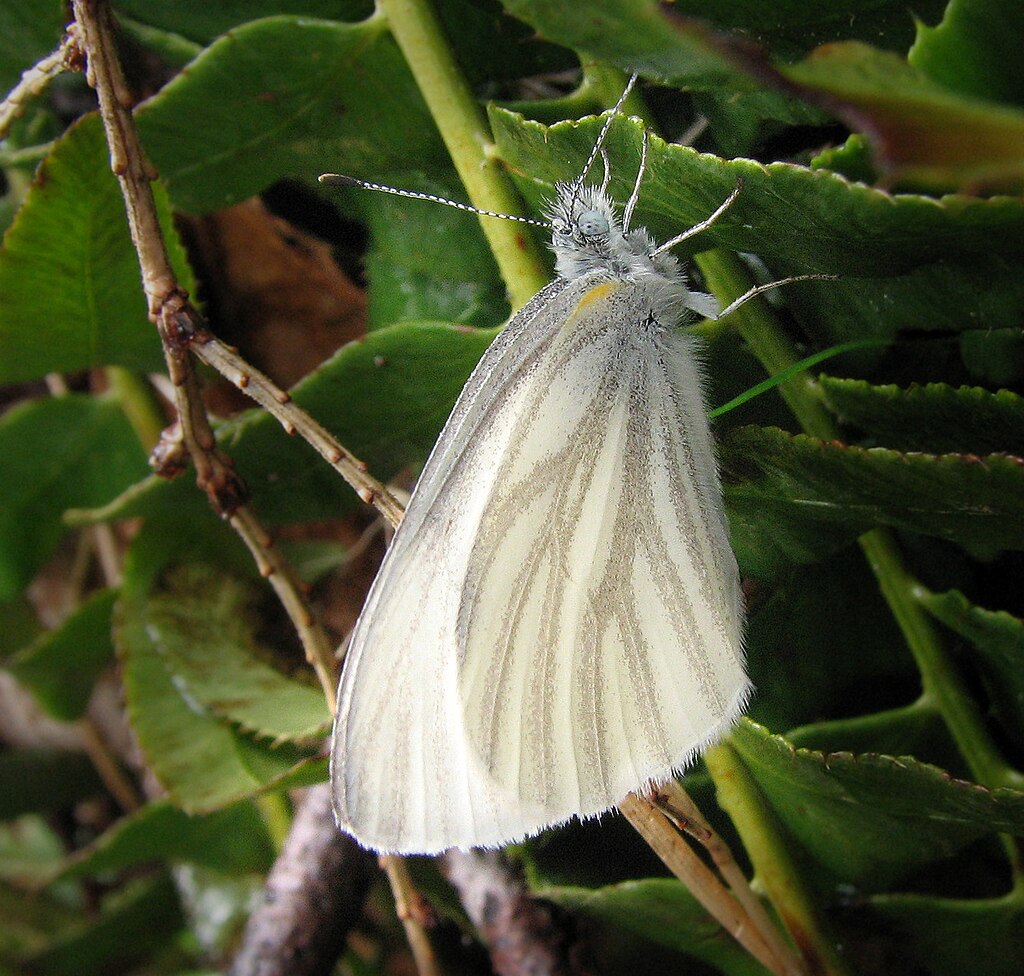
The Pieris Virginiensis Butterfly is a small butterfly found in the eastern United States and Canada. It has a wingspan of 1.5 inches, and is one of the most common butterflies in North America. It’s a member of the Pieridae family, which includes over 8,000 species worldwide. The Pieris Virginiensis Butterfly is named for its native range: Virginia.
The black spots on this white butterfly’s wings give it an eye-catching appearance that makes it easy to spot among other members of its species or other types of white butterflies. Its eggs are also distinct from other butterflies’ as they are rounder than most eggs when laid by females who want to protect them from predators (which can eat them).
12.Forest White Butterfly

This butterfly is native to the northern hemisphere, where it can be found in Europe and Asia. Its wingspan is approximately 5 inches (12.5 cm) across, making it one of the largest white butterflies in existence. The Forest White Butterfly’s coloration consists of white wings with black spots throughout them.
The species’ common name comes from its habitat: forests and woodlands that are found at higher elevations than most other species of butterflies will occupy. This makes sense when you consider how large this butterfly grows; if there were no high elevation areas for them to fly around, then they’d end up taking up too much space on any lower ground!
13.California White Butterfly
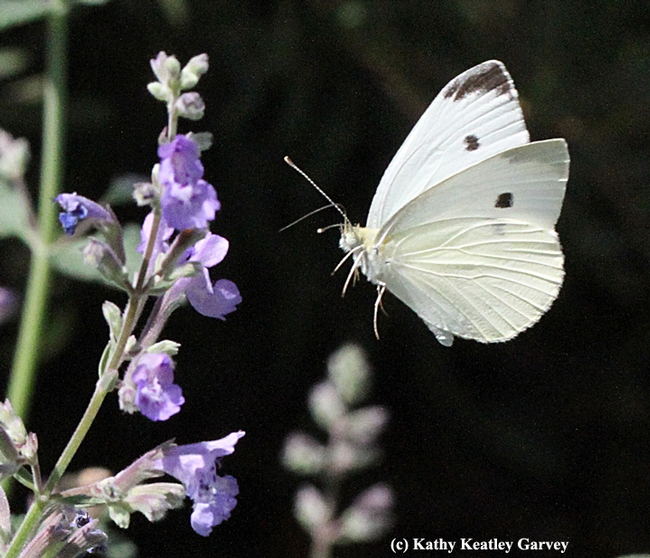
The California White Butterfly is a medium-sized butterfly that is mostly white with black antennae. It has a wingspan of 2.5 to 3.5 cm and is found in the western United States and Canada. It’s also called the California Dogface because of its distinctive markings, which resemble a dog’s face with two eyes, nose and mouth.
This butterfly can be found in Washington State through Oregon up through British Columbia; in northern California; Utah; Colorado; Arizona; New Mexico; Texas and Oklahoma.
California White Butterflies are found in meadows, fields, grassy areas and along roadsides where there are flowers. They feed on nectar from flowers and drink water from dewdrops on leaves.
14.Checkered White Butterfly

The Checkered White Butterfly is a butterfly from the subfamily Pierinae. It is a medium-sized butterfly with a wingspan of about 5 inches. The Checkered White Butterfly is native to North America. It is found in the eastern part of the United States and Canada.
The Checkered White Butterfly has several caterpillar stages, each lasting about one week. When it reaches its fourth stage, it becomes an adult butterfly and begins to mate with other members of its species. This process repeats itself every year until they die out or migrate southward during winter months when cold temperatures can cause their bodies to freeze if they don’t find shelter somewhere warm enough for them not to die off completely!
The Checkered White Butterfly has a wing color that is white with black spots and red dots. The spots are usually in groups of 3 or 4, but can also be found in pairs or alone. The eyespots on their wings are usually yellow, but sometimes they are orange-colored instead.
15.Spring White Butterfly
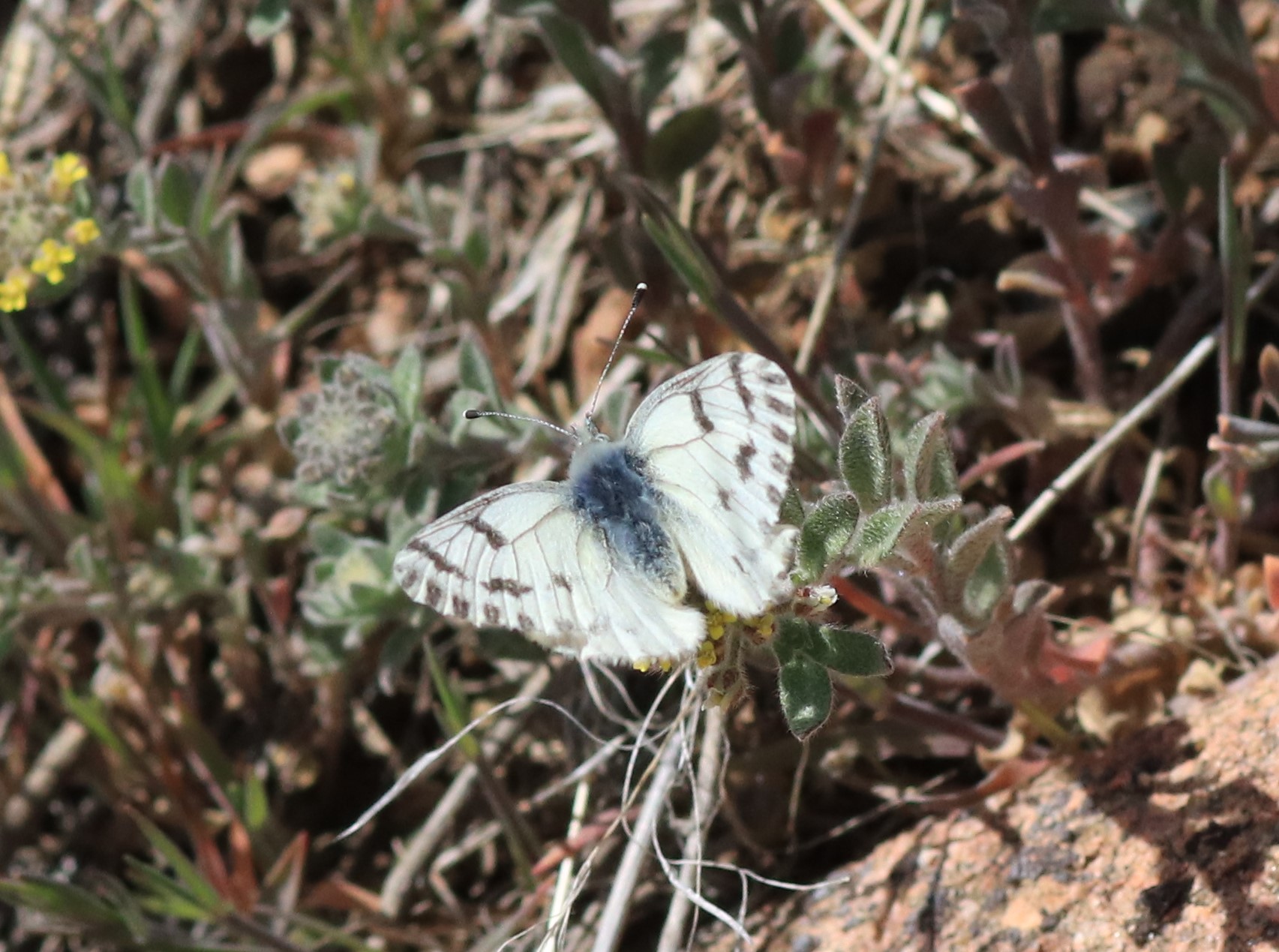
The Spring White Butterfly is a small butterfly with a wingspan of 1.5 inches. It has a white body and markings on its wings that resemble those of the Cabbage White Butterfly, but the Spring White has black borders around its wings and blue spots on the underside of its wings.
In addition to being beautiful, this butterfly is also known for being very docile in nature, which makes it easy to photograph!
The Spring White Butterfly is a member of the Pieridae family and can be found in Europe, Asia and North America. This butterfly prefers to live in temperate climates where there is plenty of food for them to eat. In the springtime, they migrate from their wintering grounds to their breeding grounds.
16.Bath White Butterfly

The Bath white butterfly is a small butterfly found in Europe, Asia and North America. It is one of the most common butterflies in Europe, but it can also be found in Asia and North America. This migratory species flies south for the winter months – so if you ever see them flying around your house in November or December, don’t panic! They are just migrating to warmer climates where they can hibernate until spring arrives again.
This pretty little creature has a wingspan between 22 and 25 mm and has a white body with black bands around its wings making it easy to identify from other similar species. You can find this butterfly flying around wooded areas and gardens as well as laying its eggs on plants such as cabbage, broccoli, cauliflower and kale during the summer months when they are most active
The caterpillar of this species feeds on the leaves of these plants, but also eats other plants such as clover and dandelions. It is a voracious feeder that can eat up to 200 small leaves during its development into an adult butterfly. When it is ready to pupate, the caterpillar will make a cocoon out of silk and plant matter which hangs from trees or shrubs in order to protect itself while it transforms into an adult insect.
Interest Facts About White Butterfly
Did you know that white butterflies are in the Pieridae family, a very large group of butterflies? There are about 1,000 species grouped into 75 genera. The Pieridae family is the largest butterfly family.
White butterflies are actually yellow.
The white butterfly, if you didn’t already know, isn’t actually white. It’s a yellow butterfly. The white color that is observed is caused by the scales on its wings. These scales are made from chitin, which is the same material that makes up an insect’s exoskeleton. Chitin has a crystalline structure that reflects light differently than other substances like melanin or carotenoids (the molecules responsible for orange and red colors). When light hits these crystals in just the right way, they can refract it into only one particular wavelength of light—that’s what gives us our perception of “white.”
The white coloration isn’t just limited to wing scales; some species have white on their legs and bodies as well!
The physical characteristics of a white butterfly
A white butterfly is a rare animal, and it has several unique physical characteristics. Its wings are white with black spots, and its head is yellow. The body of the butterfly itself is also yellow. It has a wingspan that measures about one inch across, which makes it one of the smallest butterflies you may encounter in your life. The lifespan of a white butterfly is about five weeks long.
The life cycle of a white butterfly and its role in the ecosystem
A female white butterfly lays eggs on a flower, and the eggs hatch into caterpillars. The caterpillars will feed on that flower and eventually turn into butterflies by pupating (hibernating in their cocoons). When they emerge as adults, they eat nectar from flowers.
Males usually mate with females to produce more offspring, but some species of white butterflies are able to reproduce without mating. These females lay unfertilized eggs that become males instead of females; males are smaller than females and do not have wings or antennae
They are also a nuisance to people who have allergies to their scales.
It is important to note that the scales of a white butterfly are not poisonous or harmful to humans. They can, however, cause skin irritation if they come into contact with your skin.
If you have allergies to their scales (a condition called lepidopterous dermatitis), you will want to avoid handling them or being near them at all costs.
Many people keep white butterflies as pets at home or in small gardens or flower beds.
Many people keep white butterflies as pets at home or in small gardens or flower beds. They are easy to keep, not very expensive, and they don’t make much noise or mess. In addition to being pretty and quiet, the white butterfly is an insect that can be enjoyed by people of all ages.
- Egg – This is a tiny yellowish oval shape on a leaf that looks like a grain of rice. An adult butterfly lays eggs on plants for its young (called caterpillars) to eat when they hatch out from their eggs later in life! The caterpillar spends several days eating until it grows large enough (about 1 inch long) before forming cocoons around itself where it will spend another week before emerging as an adult butterfly!
The female is larger than the male and has yellow coloring instead of white on its head area.
The female is larger than the male, with yellow coloring instead of white on its head area. The male has white coloring on its head area, as well as two black spots near the tips of its wings.
The female lays eggs on leaves in groups of 20 to 50 eggs that resemble tiny grains of rice or sand. It takes about 3 days for these eggs to hatch into caterpillars that look like small worms that are covered with spines or hairs (setae). They eat their way through leaves while they grow and molt several times until they reach full size which takes 2 weeks before pupating into adult butterflies.
In its caterpillar form, the butterfly is often referred to as the cabbage worm.
In its caterpillar form, the butterfly is often referred to as the cabbage worm. Cabbage worms are caterpillars of various species in the family Noctuidae, including many butterflies such as those in genus Phryganidia, Helicoverpa and Pieris. Most have green bodies with black spots or dots and stripes, but some are yellow with black stripes or orange with brown marks. They can grow up to 6 inches long (15 centimeters). Caterpillars typically have soft bodies without legs or other appendages; however, some genera such as Nemoria have modified front legs that resemble tiny twigs or thorns.
White Butterfly is often confused with moths as they have a similar appearance.
White butterflies are often confused with moths as they have a similar appearance. Moths are nocturnal, so you can’t see them during the day. They have feathery antennae and furry bodies, whereas butterflies have clubbed antennae and smaller wings than moths.
White Butterfly Meaning
Symbolism of the white butterfly symbolizes love, purity, beauty, and transformation. The white butterfly has always been associated with the soul and its journey through life. In many cultures it is believed that when a person sees a white butterfly, it is a sign of good luck and prosperity.
The white butterfly has been a symbol of purity since ancient times. For example, in Greek mythology, Zeus placed the soul of his son Dionysus (god of wine) inside a white butterfly to help him escape from Hades (the underworld).
In China and Japan, people believe that seeing a white butterfly in their dreams means that they will have good fortune soon. In other parts of the world people believe that seeing one running around their house signifies joy and happiness for their family.
Benefits of Wearing White Butterfly Jewelry
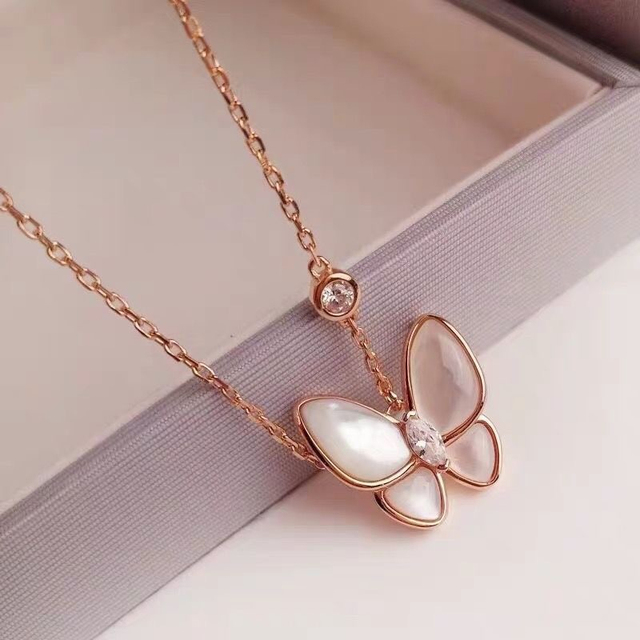
1. Main benefits of wearing white butterfly jewelry is that it can help to attract money into your life. Butterfly represents freedom and new beginnings – if you want to attract more wealth and abundance into your life then wearing this type of jewelry will help you do this.
2. It encourages positivity within your life. The positive energy generated by this type of jewelry will help you feel happier and more confident about yourself as well as boosting your self-esteem and confidence levels in social situations.
3.Help you to feel more relaxed about yourself and about life generally which means that when you wear it you will feel less stressed out about things such as work or relationships which can often cause us to feel anxious or stressed out at times
Conclusion
So, that’s it for our comprehensive guide to white butterflies. Hopefully, this has helped you understand more about these beautiful creatures and their fascinating habits. If you’re looking for a new hobby or want to learn more about butterflies in general, then why not try keeping some as pets? There are plenty of resources out there on how to do just that and it’s an enjoyable way of keeping these beautiful creatures at home with you!
You Might Interested White Butterfly Jewelry
White Butterfly Necklace for Women